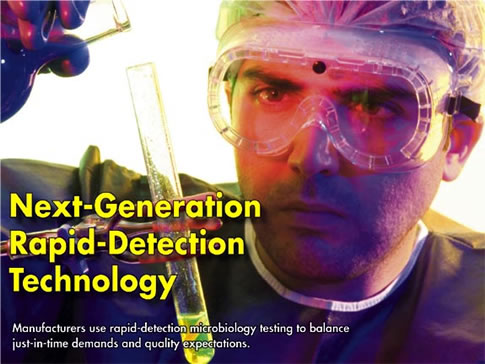Body

Quality by Design and RMM: Helping Manufacturers Balance Quality and Speed to MarketToday’s drug development companies face a difficult challenge: balancing the need for product quality and safety while speeding time to market. Championed by the FDA, EMEA, and other global regulatory agencies, quality by design (QbD) represents a systematic approach to building quality into product and process design and development right from the start. QbD and rapid-detection RMM go hand-in-hand, because both share the same goals--to ensure a high-quality manufacturing process that is lean, efficient, and reliable. |
…
Want to continue?
Log in or create a FREE account.
By logging in you agree to receive communication from Quality Digest.
Privacy Policy.
Comments
Add new comment